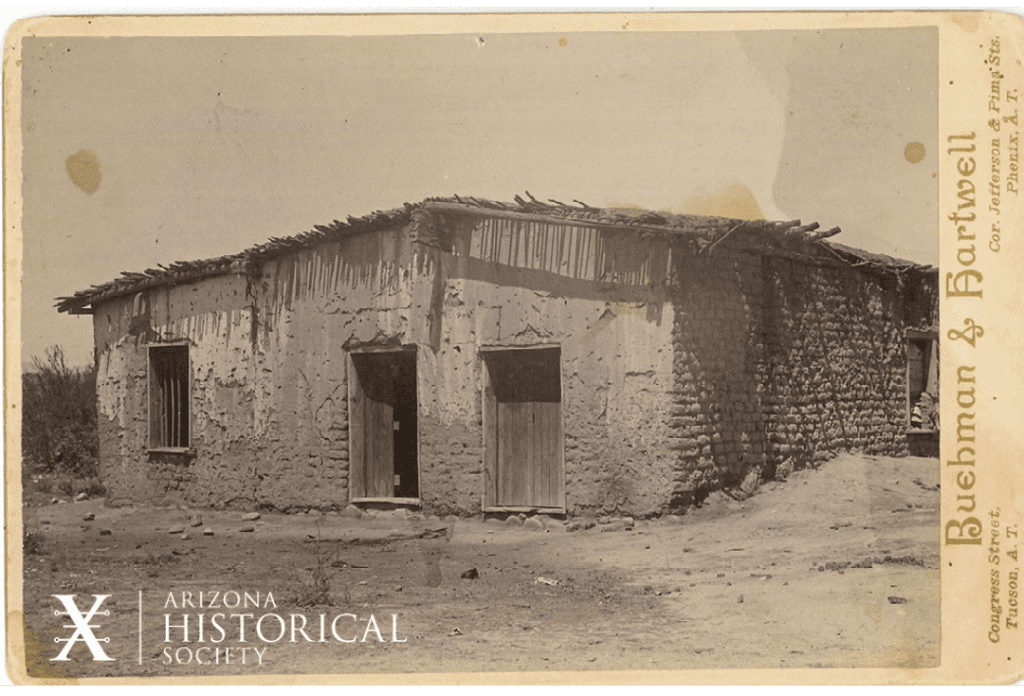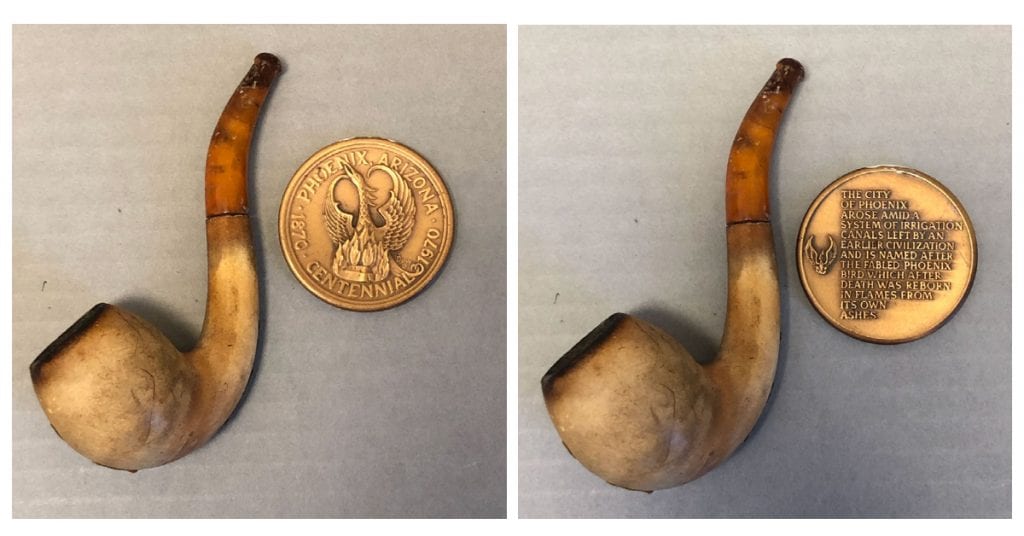October 26, 2020, recognizes 150 years of the Phoenix townsite layout. Did you know Phoenix was once called Pumpkinville? Learn about the history of how the Phoenix got its name and celebrate 150 years of the townsite.
October 26th, 2020, marks the 150th anniversary of the townsite layout. While this sprawling city is home to 1.66 million people (according to the 2018 census), this desert city was not always booming with residents, tourists, and snowbirds. Phoenix first became a metropolis around 500 C.E. when the Hohokam people built the inventive canal systems that allowed them to use the water from the Salt River to irrigate the arid land. Utilizing the much-needed water from the river, Hohokam people become sedentary and farmed squash, beans, and corn. Around 1450, the Hohokam abandoned the135 miles of canals.
The abandoned canals fell into disrepair and were forgotten in time. It was not until 1867 when Jack Swilling, a Civil War veteran, noticed the potential the ancient canals had for modern usage. Swilling re-dug the canals of the Salt River and founded the Swilling Irrigation Canal Company. The land in the Salt River Valley was ideal for farming because the crops would not be destroyed by frost. A year later, Swilling had operated a mill and called the small community that lived near the canals Swilling’s Mill.
By 1870, the small desert community grew large enough to become a town. The land that is now called Phoenix had gone through many name changes before it was settled on Phoenix. Mill City, Helling’s Mill, Pumpkinville, Stonewall, and Salina were all suggested names for the new town. The name “Phoenix” was suggested by Darrell Duppa. This name was chosen to signify how a new civilization was reborn from the ashes of a former collapsed civilization—similar to the rebirth a mythical phoenix experiences after their fiery death.
On October 26th, 1870, the selection of the townsite of Phoenix was made between modern-day Van Buren St. and 7th Street.
Phoenix History Artifacts
Left: This pipe belonged to Darrel Duppa, the Englishman who named the city of Phoenix. Duppa was an academic who studied the classics and knew several languages. Duppa was also closely associated with Jack Swilling. (AHS Collections, P85.52.51.1-.2)
Right: This is a commemorative coin from the Phoenix Centennial in 1970. One side shows the Phoenix; the other reads “The city of Phoenix arose amid a system of irrigation canals left by an earlier civilization and is named after the fabled phoenix bird which after death was reborn in flames from its own ashes.” (AHS Collections, P87.3.81)
William Hancock, the Surveyor for the Original Townsite
Captain William Augustus Hancock was born in Barre, Massachusetts in 1831. He arrived in the Salt River Valley in 1870. Hancock was hired to survey and lay out the townsite of Phoenix. He opened the first store in the valley and built the first building in the Phoenix Townsite. Captain Hancock married Lillie Bell Kellogg in 1873. They had two children, Henry Lee and Mable. Henry, the first Anglo child born in the city of Phoenix, became an engineer and Mabel, a schoolteacher. Barry Goldwater was one of her students. Mabel married Harry F. Latham about 1895. Mabel and Harry F. had two sons Clayton F. and John W. Latham. Mabel and her brother Henry lived in Phoenix their entire lives, living well into their 90s.
Discover More in the Archive

AHS Collections, (FPC-7, Box 1, f. 1)
This is a cabinet card from the Rothrock photo collection. and it is either the first adobe home built in Phoenix (which would then belong to William Hancock) or Hancock’s store. Rothrock was a photographer in the 1870s and he also helped build and incorporate Phoenix as a town. His photo collection is from this time period.
You can learn more about Phoenix’s history and view photographs on the City of Phoenix website.
Contact the Arizona Historical Society
Allison Avery
Museum Educator
Arizona Heritage Center, Tempe
Email Allison




